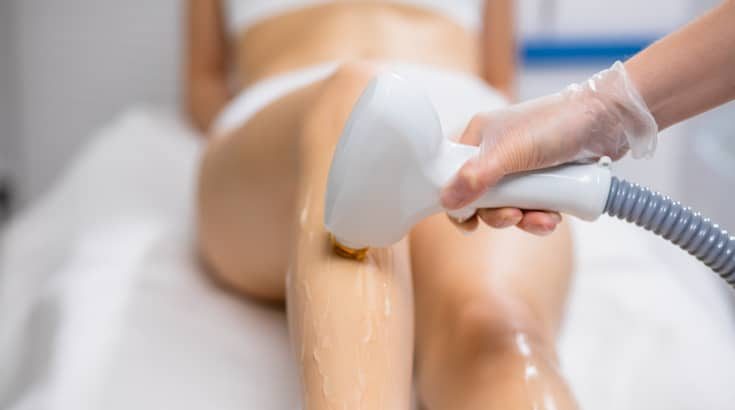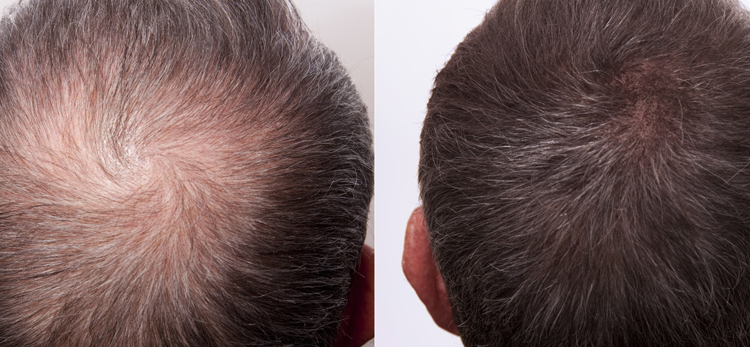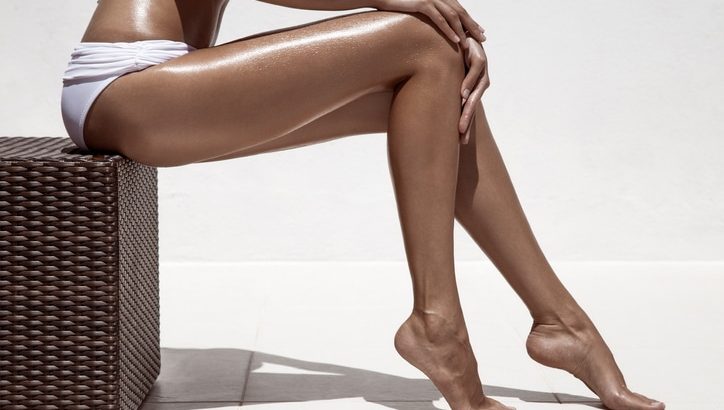Laser hair removal has become a popular method for achieving long-term hair reduction, offering a more permanent solution compared to shaving or waxing. However, if you have darker skin, you might be wondering if it’s safe or effective for you. The good news is that laser hair removal can work on darker skin, but there […]
Category: Hair and Scalp

At home vs in clinic laser hair removal
Over the past year, many of us have made the swap from our usual in-salon professional beauty treatments to “do it yourself” at-home options. Some people have mastered DIY manicures, others have perfected dyeing their own hair… but what about laser hair removal? You may have seen an increase of new at-home laser hair removal […]

Upper Lip Hair Stressing you Out? Time to think about Laser Hair Removal
[ad_1] Hair growth on the upper lip is very common. But in some women, hormonal imbalances can cause hair to grow more than normal. Read on to know if you fall into that category and how laser hair removal can help. What Causes Lip Hair Growth In Women? The phenomenon of hirsutism, or unwanted hair […]

Science of PRP Hair Restoration
Introduction The increasing incidence of hair loss in the general population has led to the evolution of surgical and non-surgical approaches to hair restoration. But the success rate of such interventions and their cost-effectiveness has always been a debate amongst hair loss sufferers. Not to mention the side effects, such as sexual dysfunction and itching, […]
